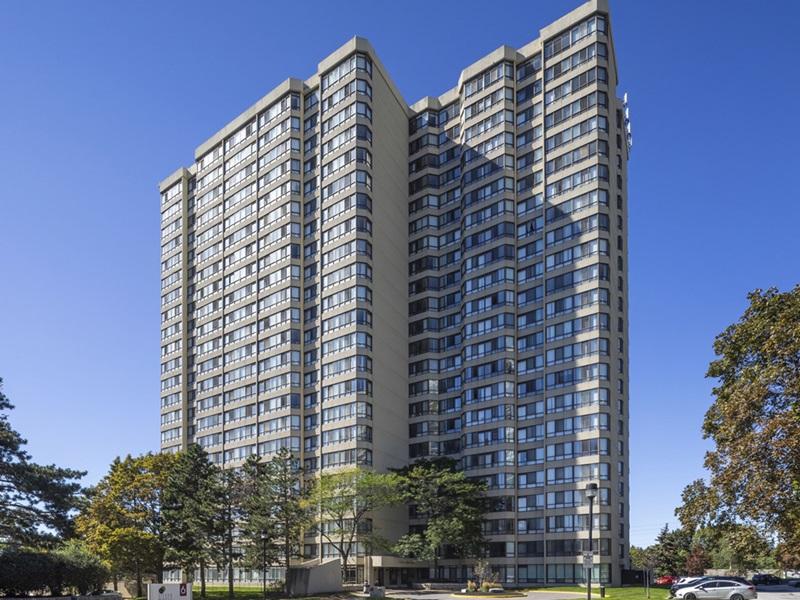What is inflation? What caused it in 2022? Why is it hard to predict? What are the differences between 2022 and 1970s inflation?
Let's examine the issue, its impact on real estate and how we can prepare for and attempt to mitigate those effects.
What is inflation and why did it skyrocket in 2022?
Inflation is a general increase in the price of goods and services in an economy over time.
We see it as a percentage and the Bank of Canada has the mandate to keep it at two per cent. The reason it skyrocketed in 2022 is that the cost of raw materials, labour and transportation all shot up.
But why did they become more expensive? We need to explain this if we want to have a chance at predicting what comes next.
It's demand-driven: Too much money.
The COVID-19 fiscal response injected massive amounts of money into many economies. This explains increases in prices as "demand-driven" inflation. This means that governments, people and businesses had more money and spent more money.
But Europe received only half the fiscal stimulus of the U.S. yet still experienced comparable levels of inflation. Why is this?
It's supply-driven: Too few goods.
I heard economists in early 2022 vigorously debating the topic of inflation. Most thought it was transitory.
Ben Tal of CIBC suggested it was mainly due to supply-chain problems (shipping, China's zero-COVID policy, the war in Ukraine, etc.). And so, inflation would self-correct.
At the 2022 Canadian Apartment Investment Conference, Tal said 60 per cent of Canada's inflation arises from supply-chain difficulties. If true, then a prudent approach for central banks would be to wait until these troubles resolve themselves.
But it gets more complicated.
Inflation is part goods and part services. Goods prices can come down (as some already have) but services can stay high (as most are).
Moreover, on the supply side, nothing is simple or predictable. The war in Ukraine is not ending. China relaxed its zero-COVID policy but then saw the ramifications due to a spike in the spread of infections.
We keep looking in the rear-view mirror and trying to find a model to explain what happened. Yet looking forward we keep getting our predictions wrong.
It looks like 2022’s climbing inflation came from both an increase in demand and a decrease in supply. Is it any wonder no one has a good model to make an accurate prediction?
The central bank and rate hikes
The Bank of Canada reversed fiscal stimulus into a tightening policy and rates went up fast. Rate hikes lowered the demand for goods and the expectation is that the supply side will work itself out . . . eventually.
The demand for services, however, has not changed drastically even after the hikes. People still want to travel and enjoy entertainment like concerts and sporting events.
But after interest rates go up, the economy tends to do the opposite. We expect a recession.
We have seen a downward trend in the number of total businesses in Canada and there have been recent tech company layoffs. Yet a net 104,000 jobs created in December shows a different story – the expected number of new jobs was only 8,000.
It's complicated!
What will the Bank of Canada do on Jan. 25? Raise rates by 0.25 per cent or higher?
Real estate lessons from the 1970s
Reality is always more interesting and complicated than any model can address. But we’d be well-served to substitute complex models for simple heuristics.
For those of us in real estate, what do we know about the 1970s? How was business done back then?
The OPEC oil embargo of 1973–'74 drove oil prices up by almost three times in just a year. The cost of goods went up and with it, inflation.
Labour was unionized and wages went up to keep pace with the cost of living. Federal price controls did nothing and only when Paul Volcker raised interest rates to 20 per cent in 1980 did inflation go back down to 3.2 per cent by 1983.
Let that sink in . . . a 20 per cent federal rate! Eventually, in the 1990s the federal rates were back down to mid-single digits.
The point here is that looking back the rates we see are a shock to our system because we’ve enjoyed declining interest rates for decades.
Valuations of real estate are directly affected by the cost of borrowing. The cheaper the debt, the more people can pay for real estate and prices tend to go up.
But how did people do business in the '70s when debt became more expensive? For one, high inflation meant no pre-sales or pre-leasing.
Some used seller financing. Others used more equity.
When inflation is high, those with cash do not want to hold cash as it is losing value.
We adjust how we work to match our current reality. Once the "shock to the system" wears off, we'll adjust again.
Where does that leave us?
The key to doing well in an inflationary “roller-coaster” and ever-changing real estate market is resilience and preparedness.
CRE businesses must be nimble and ready to take advantage of opportunities when they arise and protect themselves from short-term losses by keeping an eye out for danger signs.
- Take advantage of creative acquisition terms such as vendor debt and delayed closing when purchasing.
- Leverage modestly to ensure liquidity if you are forced to own properties for a longer period of time.
- Invest only in the best locations.
- Research, research, research: zoning, environmental, soils, demographics and more.
- Focus on asset classes most in demand with the least supply (today it seems industrial and multiresidential rental).
- Stay informed on the latest industry trends.
Being ready and able to swiftly adapt to the market unpredictability can open opportunities that many overlook.
Like a roller-coaster ride, what goes down will eventually come back up again.







